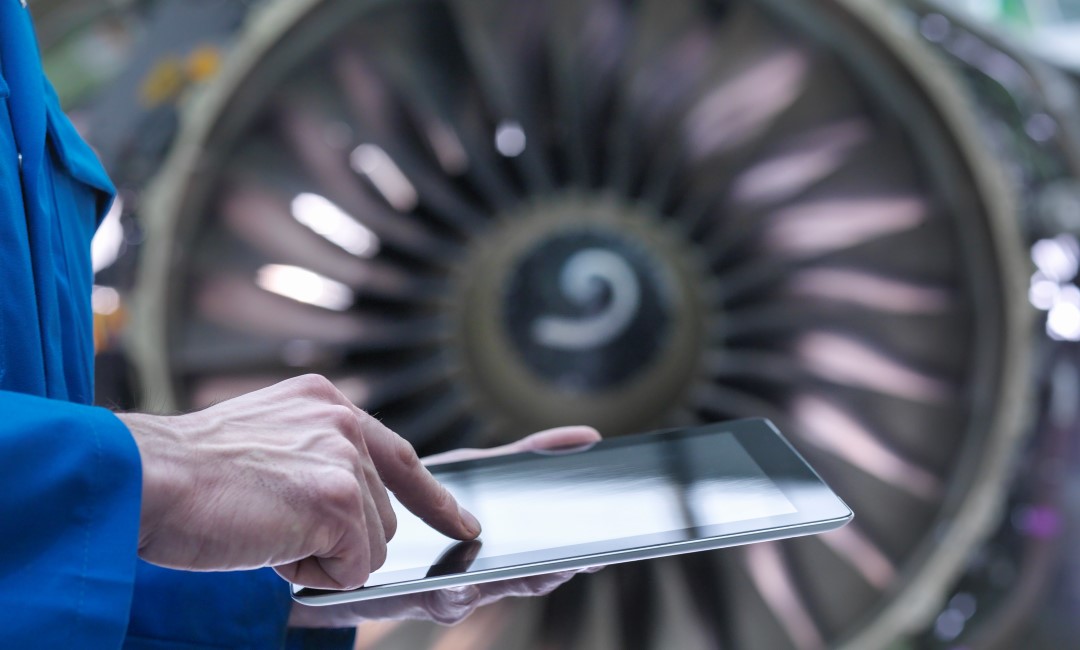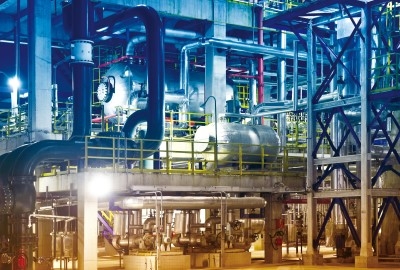The top 5 sustainability trends in aviation
Looking back at 2022, the aviation industry has made some sizeable steps towards reaching net-zero targets by 2050 – and more progress will have to be made in 2023. SimpleFlying reports about progress in 5 areas.

1. Sustainable Aviation Fuel (SAF): The industry is beginning to pick up momentum. Acknowledged as perhaps the most significant technological pathway on the road to aviation net-zero carbon emissions by 2050, SAF is finally beginning to catch on for real. According to IATA, production increased by 200% compared to 2021, reaching approximately 80 million gallons globally.
2. Hydrogen and hydrogen-electric: While 2022 was not a year of any major breakthrough in hydrogen-propulsion, there were nonetheless plenty of activity and new announcements. Airbus has promised to have a hydrogen-powered commercial aircraft ready for service by 2035. Hydrogen-electric fuel cell developer ZeroAvia got to celebrate just before the holidays with permission from the UK CAA to operate its Dornier 228 in actual flight.
3. Hybrid and all-electric, with its all-electric Alice aircraft, Eviation launch its first successful flight in September 2022. The company has received orders for 180 aircraft from several airlines.
4. Non-CO₂ climate impact and contrail prevention: non-CO₂ effects of aviation on the climate received more attention during 2022. According to some reports, contrails may account for as much as 2% of global warming. In July, UK pilots even urged the government to focus more on the environmental impact of non-CO₂ aviation-related sources.
5. Operational efficiency: several airlines made progress in implementing different emission-reducing tools during operations. Some airlines introduced measures such as single-engine taxiing, continuous descent approach, foam washing of engines to save water and the electrification of ground support equipment.


